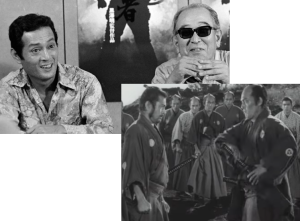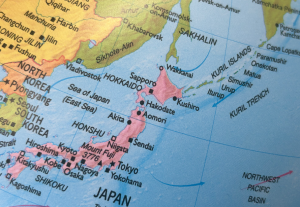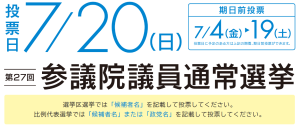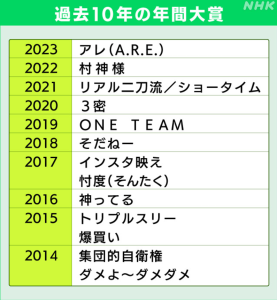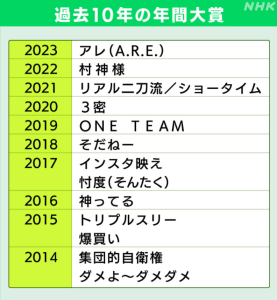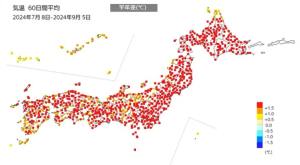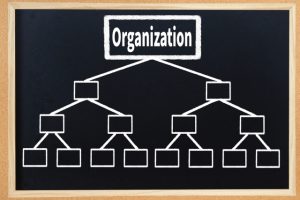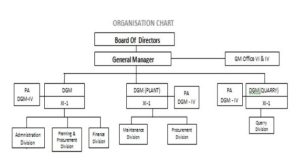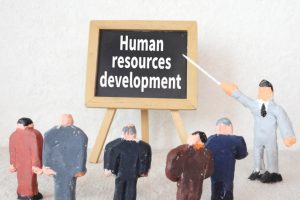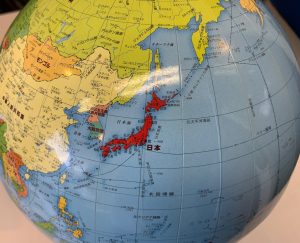Re: A news item and subject which I just want to check out (149) August 23, 2024
The Bon festival has passed in the blink of an eye, and heat stroke alert has been issued in various places and the heat wave is still going on during the day. But I feel the arrival of autumn in the mornings and evenings. From now on, the daylight hours will be shorter by day, as it is said that “it gets dark early in autumn”.
By the way, I went to see traditional Bon dance in Himeshima, Oita which is famous for “fox dance” during the Bon holidays. This dance has come down from the Kamakura period and is designated as an intangible folk cultural property. The dancers are limited to children under 12 years old, and it is characterized by makeup with a pure white powder, and when they appeared in a shout “orasa, orasa” having umbrellas with lantern, the audience applauded loudly. Other than fox dance, I enjoyed creative dances elaborating on choreography and costumes such as aya dance, sarumarudayu and so on by dancers from different parts of the island for about two hours. It was truly a journey of rediscovering Japan. Incidentally, how to go to Himeshima is that you get on JR Nippo Main Line at JR Kokura station and about 45 minutes later get off at Usa station and then it takes about 20 minutes by ferry from Usa port. Himeshima is also famous for a shrimp farm and I tasted it with a beer in my hand.
■■What I have recently thought and focused on:
■The reality of Japan which can’t be said to be a very developed country:
◎The peculiarity of Japan is hindering Japan’s development:
In the United States which is the world’s most economically and militarily powerful country, the possibility of the first female president is becoming a reality. It is not only about the gender gap but also about overcoming the wall of racial discrimination. This tolerance to “accept diversity” is one of a strength of the United States. On the other hand, the United States is a multinational country known as melting pot and Japan is almost an ethnically homogenous country where foreigners are less than 3 % of the total population (about 3.32 million at the end of last year), even though the number of foreigners has increased. Perhaps for this reason, Japan is not good at accepting things that are different. For instance, the investment to Japan from overseas remains at a very low level. And the large gender gap on an international scale is also characteristic. I think that such peculiarity of Japan and Japanese people is hindering Japan’s development. Conversely, in order to aim for further development in the future, it is necessary for Japan to reform and improve heterogeneity ridiculed as “common sense in Japan is uncommon elsewhere” going along with global standard.
◎Gender Gap Index in Japan ranks 118th out of 146 countries:
On June 12 this year, the World Economic Forum (WEF) published “Gender Gap Index” in 2024, which is an index to be designed to measure gender equality in each country. According to this survey, if we consider a state where gender equality is 100 % which means complete parity between men and women, the global achievement rate is 68.5 %, 0.1 points improvement compared to last year. This index consists of data in four areas that are “economy”, “education”, “health” and “politics”, and Japan ranked 118 th out of 146 countries by country and went up by 7 since last year 125th and Gender Gap Index in Japan is 66.3 %. But Japan is still at the bottom of the G7.
◎Women’s participation in politics:
Six years have passed in May this year since the enforcement of “act on promotion of gender equality in the political field” aiming to achieve gender balance in the number of male and female candidates in elections. In the House of Representatives election in 2021, percentage of female candidates was 17 % and percentage of female elected was 9 %, and both of them fell below the previous election in 2017. But in the unified local elections held in spring last year, percentage of female candidates and percentage of female elected exceeded the previous elections in 2019. It can be said that local councils are moving forward. For your information, 80 % of female candidates mention as a difference between male and female that “it is difficult to balance work and family life such as housework, childcare, and nursing care”. And compared to male, in case of female, there are many cases where there is no “local supporting groups, name recognition and electoral funds” and female is disadvantaged. And 80 % said they had been harassed (in case of male, 47 %).
◎69 companies listed in the Prime Market have no female executives:
According to aggregation of the Nikkei, 69 out of 1,628 (4.2 %) companies listed in the Prime Market have no female executives as of the end of March this year. The target deadline of “companies with zero female executives should be none” which the government proposed in the women’s active participation and gender equality key policy (women’s bold policy 2023) is 2025. And in the said policy, it is proposed that “percentage of female executives should be more than 30 % by 2030”. And as the cabinet decision, intermediate goal “percentage of female executives should be 19 % by 2025” was set in December 2023. From a governance perspective, outside directors are effective, but in order to reform corporate culture and to improve business performance, strengthening corporate capabilities through in-house human resource development is essential.
◎The proportion of women in managerial positions is low:
According to the white paper on gender equality 2024, the proportion of women in managerial positions remains 14.6 %, even though nearly half of all employees are women. Incidentally, this percentage in the United States is 41 %. By the way, according to a questionnaire survey conducted on just under 5,000 people nationwide by Mitsubishi UFJ Research and Consulting in December 2023, female regular employees who answered they wanted to aim for a management position equivalent to section manager or higher remained 15.5 % and the result was significantly lower than 24.8 % of male regular employees. For the reason, both male and female cite that “stress increases” and “getting more responsibility”. At the same time as improving the environment where women want to be a manager voluntarily, a change in mindset toward active participation is required.
◎One of factors for the decline in research capabilities in Japan is that “percentage of women participation is low”:
According to “Science and Technology Indicators 2024” by the Ministry of Education, Culture, Sports, Science and Technology, the number of research papers that fall within the top 10 % of most highly cited papers in Japan remained 13th, the same as 2023. As the factors, “three lacks”, in other words, “budget”, “diversity” and “international corporation” are pointed out.
As a symbol of lack of diversity, in Japan, the number of female researchers is lower compared to major countries in every sector such as corporate, university, public organization and so on, and particularly low is the corporate sector. Japan is 12.2 % in 2023, and it falls short in comparison to Korea 19.2 % in 2022 and France 22.9 % in 2021. It is also below 28.9 % in 2023, percentage in domestic university.
■Analyzing the above, Japan has put emphasis on public works as past-war reconstruction policy and counter-recession policy and has focused on manufacturing of public buildings such as road, airport, harbor and so on. As a result, Japan’s GDP used to get second place after the United States in the world. But at present, Japanese economy is sluggish and a country’s accumulated debt is twice its GDP and Japan is in the worst financial situation in developed countries. After all, both the public and private sectors have neglected software development like human resource development corresponding to internationalization and informalization and environmental improvement for women’s empowerment. Therefore, valuable investments are not effective in strengthening international competitiveness and productivity improvement.
Education has also become democratic or egalitarian because of the last war trauma, and the main focus was human resource development cut from the same cloth. In order to equal to the world from now on, education system for “enhancing human power” and human resource development system “fostering creativity” including acknowledgment of gifted are necessary. And “a society where women play an active role” is not as good as it looks, and concrete infrastructure development including legislation to achieve that is essential.





